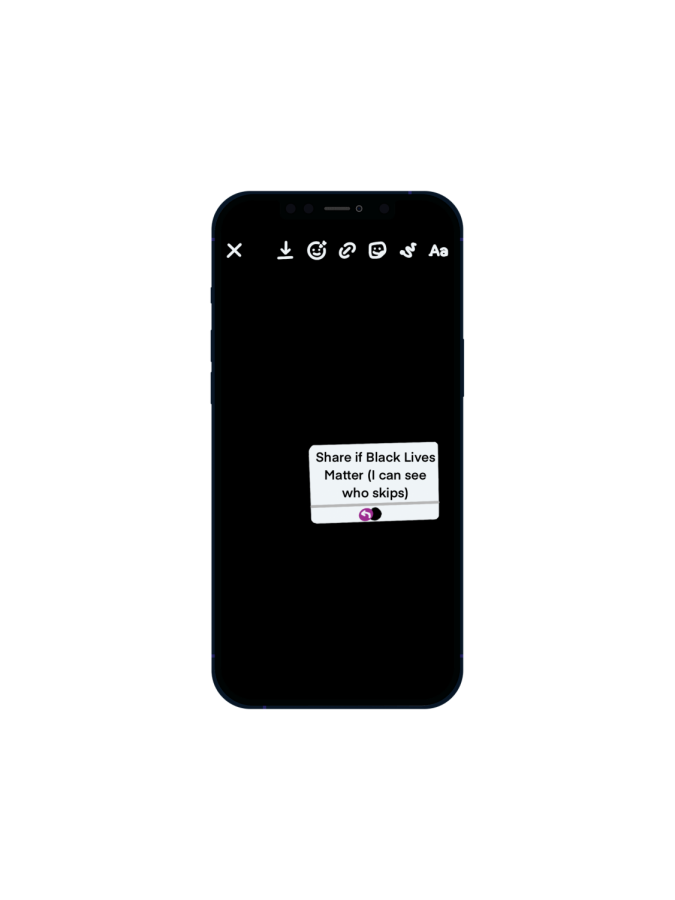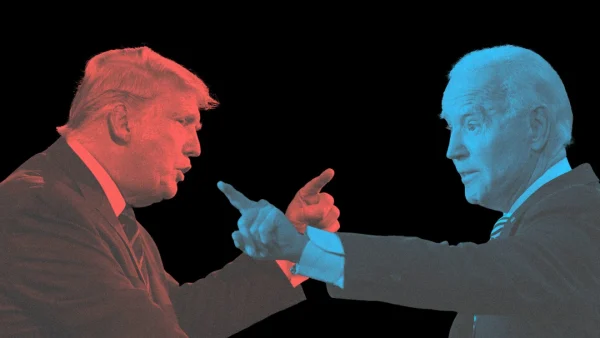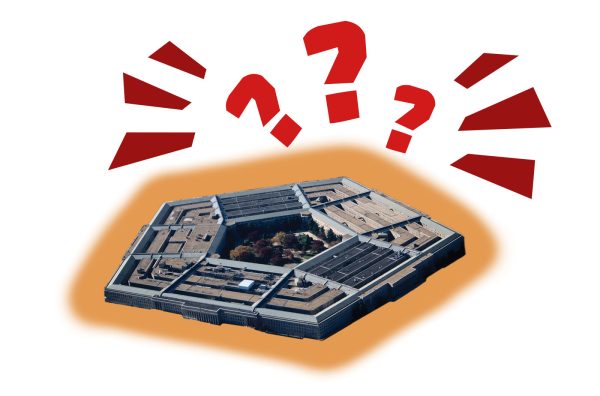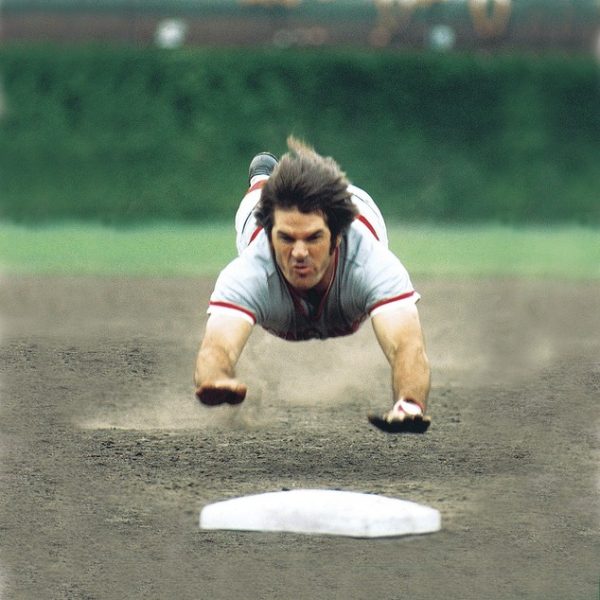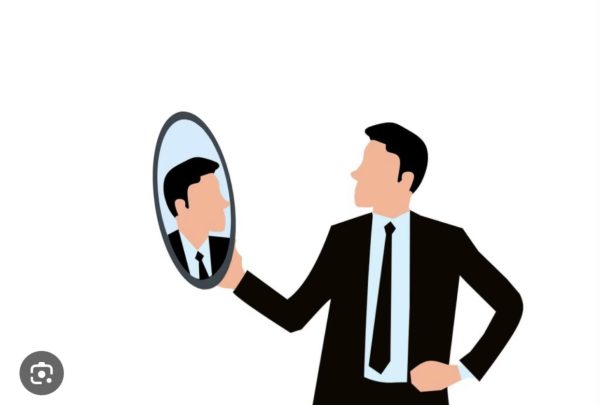Performative Activism for the Aesthetic
Social Justice Instagram Posts Create Insincere Advocacy
Bold words, minimalistic graphics and pastel colored backgrounds are common themes in Instagram social justice activism posts. During the height of the Black Lives Matter (BLM) movement in 2020, there was pressure from teenagers and young adults to repost these graphics on their Instagram stories. Today, these graphics are widely shared as an attempt of young adults to prove their dedication to issues of social justice. Whether these concerns are authentic is debatable, and conversations of performative activism and virtue signaling have become more relevant.
In my view, although largely good-natured, most forms of Instagram activism provide virtually no useful information. As Stevie Cortez, senior opinion editor at Fordham University explains in her 2020 newspaper article, “There’s just a short, aesthetically pleasing message ironically juxtaposed against a grave and often life-or-death issue.” Reducing heavy issues that require in-depth conversation and analysis, such as the BLM movement, to a one-sentence graphic and a temporary repost on an Instagram story does not amplify the voices of marginalized communities. Instead, the goals of different social movements end up misrepresented by this type of broadcasting.
Logical fallacies such as oversimplification and hasty generalizations occur in these eye-catching presentations of grave topics. Following Breonna Taylor’s death in June 2020, a comedian tweeted “drink plenty of water, wash your hands, and arrest the cops who killed Breaonna Taylor,” which later circulated Instagram in the aesthetic graphic format. NPR host Mary Louise Kelly and pop culture critic Cate Young discussed the tweet, saying Taylor’s name “stopped being something that was a reminder for justice and was something more about finding the cleverest way to hide the message in a meme, colorful pictures, or bubbly fonts.”
As pointed out in a 2016 study by researchers Yonghwan Kim and Hsuan-Ting Chen, social justice account followers typically don’t have vastly different perspectives than the account owner. Therefore, reposting the graphics is simply preaching what is already reinforced. That said, it is true that some friends and family members who view one’s stories are bound to have slightly different beliefs. In this case, graphics serve as a useful way to bring awareness to issues and can be further emphasized through active listening and responding accordingly.
In some cases, such posts have reached a large enough audience to be influential in creating change. For example, in 2020, the Change.org petition “Justice for Breonna Taylor” received over 11.4 million signatures from circulation on Instagram. With the petition leading to the abolition of the “no-knock” warrants in cities nationwide, this highlights an example of how when issues are amplified correctly, Instagram activism posts can lead to beneficial change. However, a prominent example of performative activism was the trending hashtag, “#BlackoutTuesday.” On June 2, 2020, over 28 million people posted a black square on their Instagrams with the caption “#BlackoutTuesday” in an attempt to create solidarity towards the BLM movement. This notion backfired and ignorantly muted conversations surrounding the movement.
With the rise of social media usage and political activism in younger generations, Instagram graphics are here to stay for awhile. In this case, it is important to provide a platform for marginalized voices by promoting their businesses, stories and ideas about social movements through linking podcasts, books, news articles and other reliable resources within the graphics. Although the one-sentence infographics are not a great medium for talking about weighty issues in depth, they can be used as an accessible source for other more reliable resources.
Your donation will support the student journalists of Saint Louis University. Your contribution will help us cover our annual website hosting costs.


